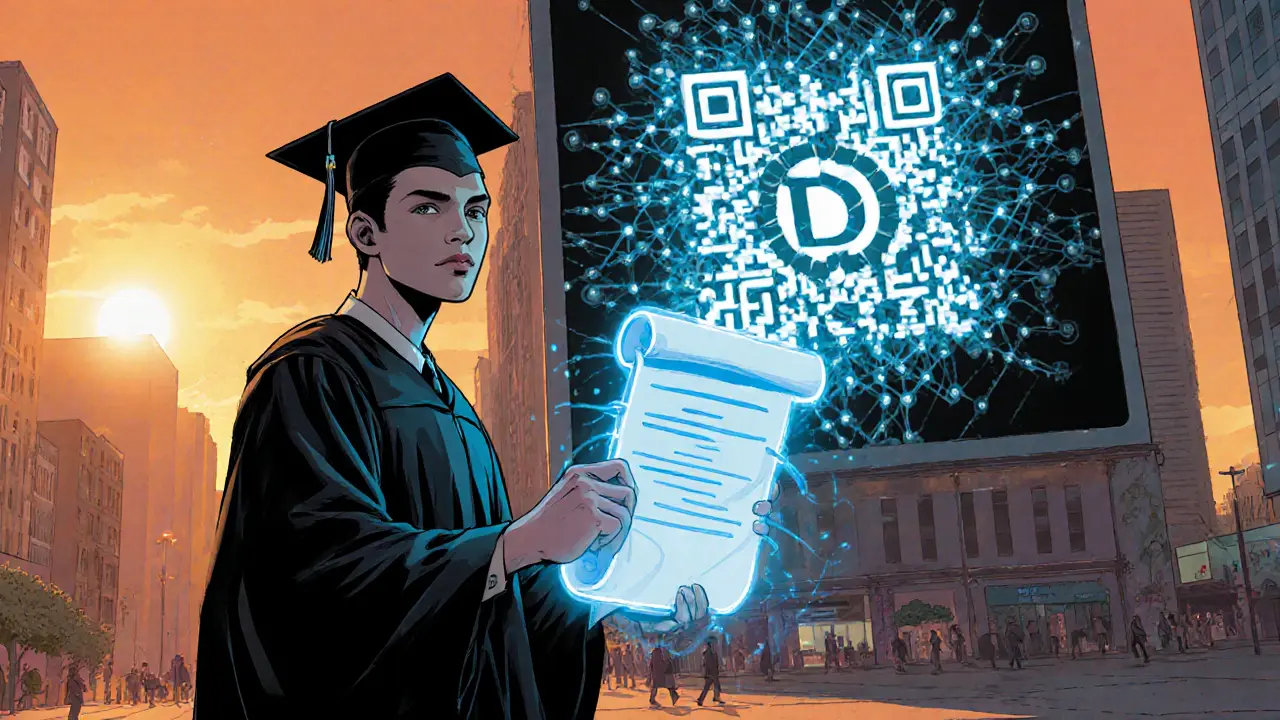Digital Credentials
When working with digital credentials, tamper‑proof, portable records of identity, education, or achievement stored on a decentralized network. Also known as digital certificates, they let users prove who they are without a middleman. These records are digital credentials that combine three core ingredients: immutable storage, user‑controlled access, and cryptographic proof. The first ingredient comes from blockchain, a distributed ledger that guarantees that once data is written it cannot be altered. The second ingredient is supplied by self‑sovereign identity, a model where individuals own and manage their own identity data. The third ingredient shows up as tokenized credentials, cryptographic tokens that represent a credential on chain, making the credential tradable, revocable, or programmatically verified. Together they enable a system where a university can issue a diploma, a regulator can verify a license, and a user can present the proof in seconds, all while keeping personal data out of the hands of a central authority.
Why Digital Credentials Matter
Digital credentials are reshaping trust across many sectors. In hiring, recruiters can pull a verified skill badge straight from the blockchain instead of waiting days for paper checks. In finance, regulators use tokenized credentials to confirm that a trader holds the required licenses before allowing market access. The self‑sovereign identity model forces companies to ask for permission rather than stealing data, which cuts down on breaches and compliance costs. Moreover, because each credential is a cryptographic proof, it can be combined with zero‑knowledge proofs, letting you prove you meet a requirement without revealing the underlying data. This blend of privacy and transparency is why many governments are piloting national digital ID programs based on the same principles.
All of this leads to a future where credentialing is no longer a static PDF stuck in an inbox. The ecosystem you’ll see below covers the technical foundations—like how modular blockchain design improves scalability for credential storage—and practical guides, such as how to claim an airdrop that tokenizes a new professional badge. Whether you’re a developer building the next SSI wallet, a recruiter curious about verifiable skill tokens, or just a user wanting to understand the security benefits, the articles ahead give you the context, tools, and real‑world examples you need to navigate the world of digital credentials.
Explore how Verifiable Credentials and Decentralized Identifiers (DIDs) create tamper‑proof, self‑sovereign digital IDs, with real-world use cases, technical layers, and future trends.

